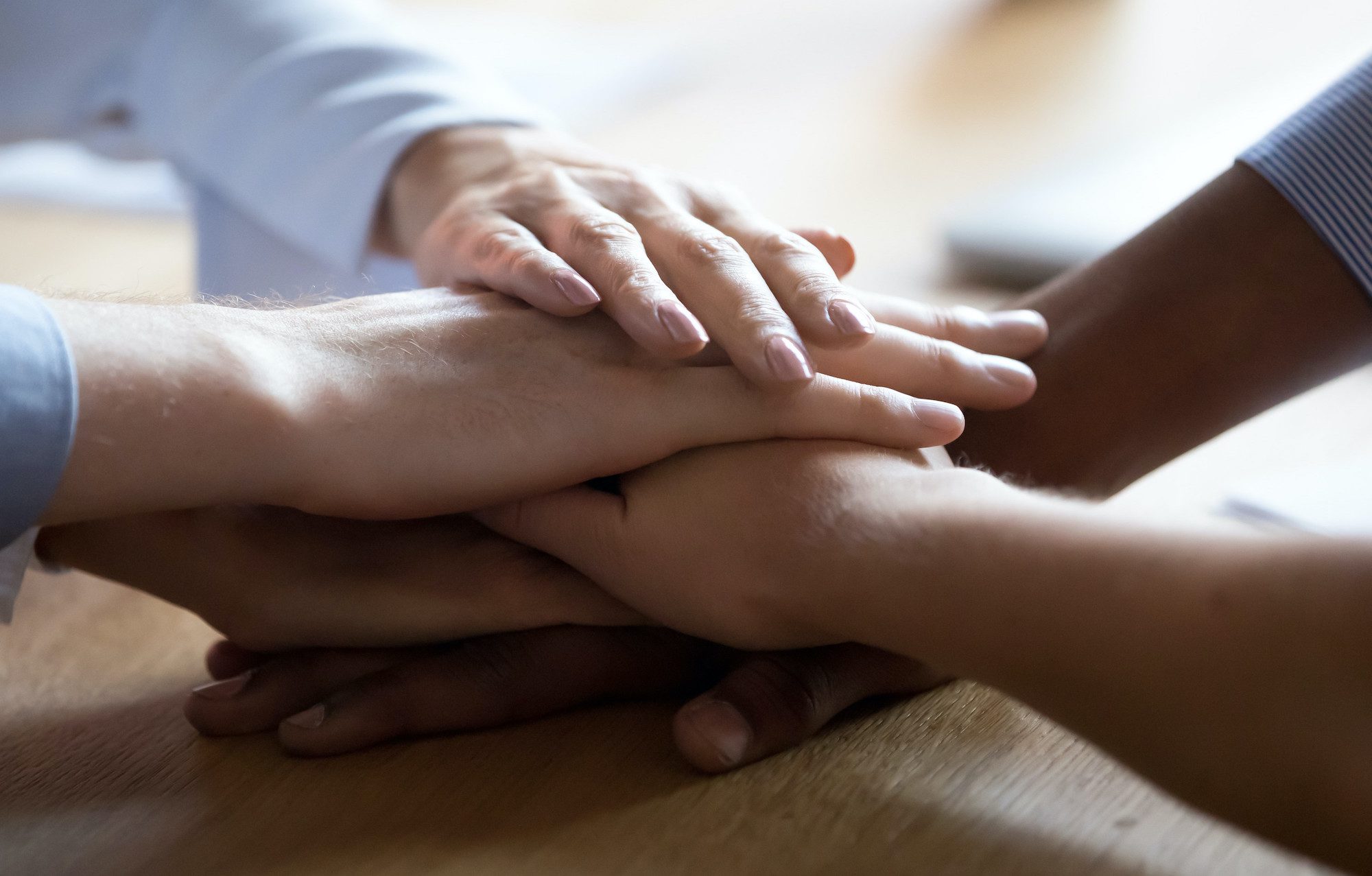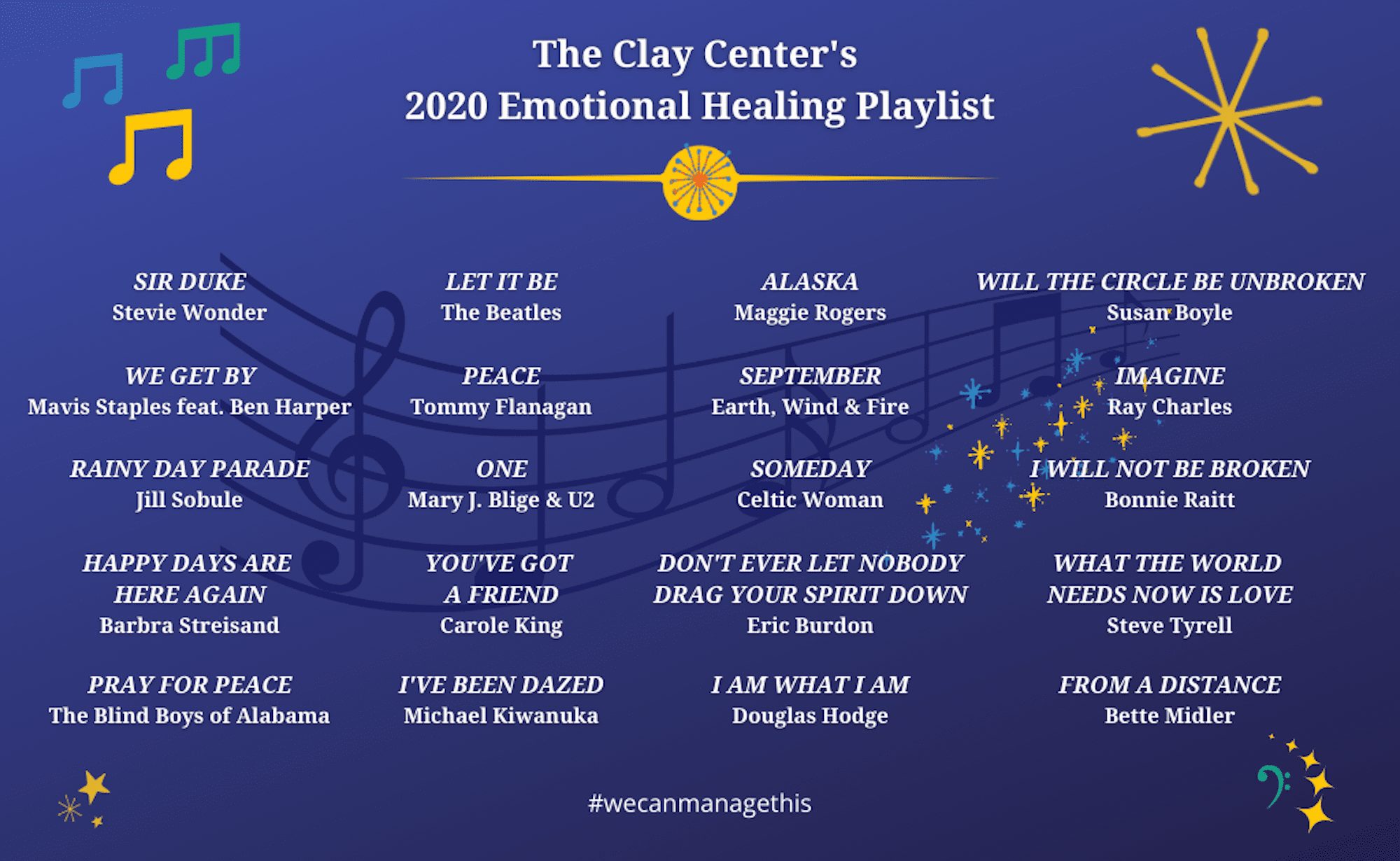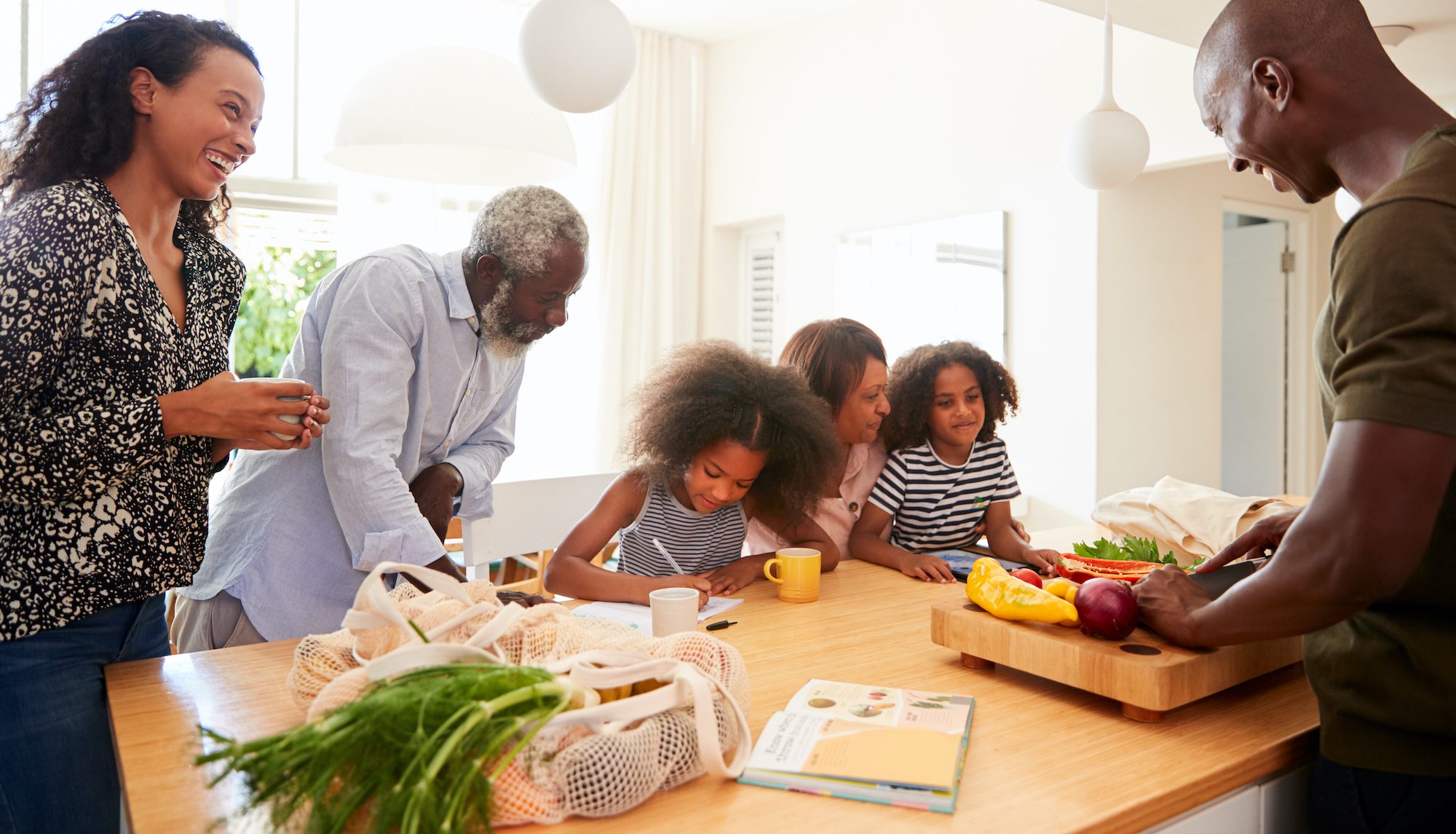How Do We Heal From Here? A Guide for Families and Our Nation

Posted in: Hot Topics, You & Your Family
Topics: Hot Topics, Relationships
I cannot think of a time in recent history when our nation was more polarized, and resentment and anger so pervasive. One thing we know, though, is that our kids and teens are watching, picking up on, and asking questions about the intensity of it all. There are calls for unity and healing almost everywhere we turn. But what does this mean? How can it happen? We don’t seem to know, as a country, how to move forward.
Perhaps one way is by starting small. Maybe the answer is not to focus on how our nation can solve its significant divisions. Rather, let’s consider that we should look at healing nationally very much the way we look at healing in families. If we take small steps to learn from how we take care of each other at home, maybe this could apply to how we heal as a country.
Healing implies that there are wounds that require repair in order to resume normal functioning. Let’s consider two kinds of wounds – a laceration and a joint injury. The former requires a process in which the open tissue, disrupted by some injury, is taken care of by the immune system forming a scab, and then a scar. The open wound is closed so that our bodies are protected from infection. Though the tissue heals, the scar remains. If all goes well, it is strong and lasts forever, never to be disrupted.
In the case of the joint injury – let’s say, a torn tendon – a similar process occurs internally. However, in addition to scar formation, healing requires that the muscles and other ligaments surrounding the injured tendon need to be stronger to better support the joint.
When it comes to emotional healing, there’s a parallel process. There are wounds in our relationships and within ourselves that need healing – somehow, we all need a way to modify our emotions and perceptions so that we can build resilience and engage in improved, stronger relationships.
Let me come back to this, after we look at healing in families.
The need for healing implies that something has gone wrong – that there is a wound. This might take the form of a breach in trust, such as breaking family rules or lying; a betrayal or abandonment of some kind, real or perceived; verbally or physically hurting a family member; acting in a way that is humiliating, shameful, or emotionally damaging to another person; invading another person’s privacy; stealing or destroying one’s possessions. I’m sure you can think of other things that can go awry in families.
A Guide to Promote Healing
The practices we need to follow to allow for healing are similar for kids, teens, and parents. However, it’s super important to appreciate that our kids look to us as parents to be role models. So, in each of the behaviors noted here, it’s vital that parents and other caregivers take the lead and set an example.
Let’s consider wounds between parents and young people. In families, healing starts from the top.
- Listen to and Validate Each Point of View. We can all have different takes and truths on the same situation. A parent may see that their child broke curfew, lied about screen time, or hurt a sibling in some way. But from the child’s view, maybe they broke curfew because they were helping a friend in trouble, watched something forbidden because of peer pressure, or felt equally hurt by their sibling. It’s really important to listen to each other’s perspective and validate both points of view. You may not agree with each other, but respect and trust require truly listening to another person’s perception. This becomes the first step in effective problem solving. Everyone has the right to their own perception and opinion.
- Use Empathy and Respect. Once you’ve really heard the other person’s point of view, try putting yourself in their shoes to better understand them. Try to feel what they are feeling, and think about the situation or issue the way they are thinking. Even if you disagree with the foundation of their perspective, try to understand why they feel the way they feel. Then, use empathy to express what you think the other person is saying, being sure to tell them you “got it,” or that you can see where they are coming from. This is a key component of respect. Respect can help make everyone feel acknowledged and valued. For example, a parent needs to understand why a teen lied about the results of an assignment, or why money was stolen from a parent’s wallet.
- Keep Conversations Civilized. This is never the time for criticism, humiliation, defensiveness, blame, character assassination, or rigid thinking – which can be really hard to remember when you have a strong viewpoint of your own. Try to keep an open mind, and remember that everyone is entitled to their observations and opinions. Casting harsh judgements rarely helps in healing.
- Violence of Any Kind is Unacceptable. No healing can occur, and no trust can be established, if anyone is violent in actions or in words. Try to stay calm. And if things heat up, it’s okay to take a break and agree to come back to the conversation at a set time.
- Identify the Problem. In your conversations, try to hear what went wrong in the other person’s view. Let’s say a kid did not do a required chore or violated a family rule. Or, let’s say a parent was extremely harsh and verbally abusive to a child. Talk about what happened and try to identify the problem, but remember that we need to hear both sides of the situation before this can be done. Understanding how each person sees the situation is really important. While you may not accept why something happened, you need to come to an agreement on what actually took place, in order to take the next steps in collaboratively problem solving.
- Problems Generally Take Two – Assume Accountability and Responsibility. While your child or teen may feel that they are the victim in a given situation, like being the brunt of your bad day, it’s always good for them to reflect on what they might have done differently – so you wouldn’t have screamed at them, for example. Sure, one person may be more responsible than another, but if we approach it by recognizing we all play a role in keeping the peace, we can learn how to avoid a bad situation in the future. The same goes for parents. If you are the brunt of a child’s bad day and end up having to deal with a temper outburst, don’t assume it’s all their fault. What could you have done to prevent escalating negative behavior? At times, an outcome might mean some form of discipline. If this is called for, then figure out what discipline fits the crime. A big part of accountability is taking responsibility for any role we have played, and accepting that there are consequences for serious misbehavior.
- Apologize. There is huge power in a sincere apology. When you hurt another person, freely apologize. On the other hand, if you feel you were the victim in a situation, remember that all relationships require mutual participation. Even if you were, in your view, not at fault, you can still say you are sorry. If you apologize for whatever your role may have been in the situation, it goes a long way in mending fences and building trust and understanding – key foundations in all relationships.
- Make Reparations. Once each of you accepts responsibility for your actions, see what you can do to make up for what went wrong. Is there something you can do that would help the other person appreciate that you really do want to repair the damage you created? For example, if you lost your temper and called your child a bad name in the heat of the moment, you should not only apologize, but do something to make up for it. Your reparation might be writing a note of apology, or putting time in to make your child’s favorite meal and having a special dinner together. Similarly, if your child hits her sister, she might make amends by first apologizing, and then offering to take over a chore for their sibling, like taking out the garbage or cleaning their shared room. We all make mistakes, but what is key is that we take responsibility, apologize, and do something to make amends for our misbehavior, which helps to demonstrate and reinforce that the apology is sincere.
- Collaborate in Problem Solving. If we assume there is responsibility and accountability on both sides, this is the time for parents and kids to consider how this situation may be fixed and prevented in the future. Brainstorm together. Consider all options. Then, decide on a course of action, and remember that things can change over time. (You can learn more about Collaborative Problem Solving ® at Think:Kids.)
- Work Toward Forgiveness. We are all different in our motives, intentions, perspectives, and the resulting behavior. If you heard your relative’s perspective and feelings; if you understand them by using empathy; and if they take responsibility for their role in a breached relationship; be prepared to forgive them. This does not mean you necessarily agree with their position on an issue, a family rule, a kind of behavior, or that there isn’t still more work to be done. Any one of these things may require change. But forgiveness, like an apology, goes a long way. And bearing grudges, particularly when we are trying to heal, is never helpful.
These guidelines will promote healing in our family relationships, particularly the emotional challenges of building trust, resilience, and a foundation for future healing, if needed. Many of these tips do not come easily. But they can be taken one by one and practiced in cases of small infractions, rather than waiting for a major family crisis. We can take them one small step at a time.
Going back to the initial analogy of physical and emotional healing, and finally to our nation, cuts and lacerations that heal will develop protective tissue. But the scars remain. So, too, in our family relationships do serious wounds leave emotional scars that are not forgotten. We can never undo the past. But we can look back at our scars and see how we have worked together to prevent new ones from being formed.
As for joints, the internal tendon that was torn also develops a scar. But building up the muscles around the joint makes it even stronger than before to protect the injured joint. It is so, too, in family conflicts that by strengthening our relationships and the loving ties that bind us, along with practicing new ways of resolving conflict, we ultimately result in a stronger family that is far more resilient.
Let’s embrace these measures in our families, and as we do, let these practices and principles of healing ripple outwards to help resolve the differences in our nation.


 Share
Share Tweet
Tweet





